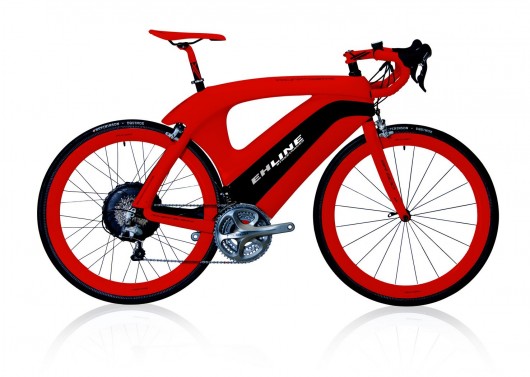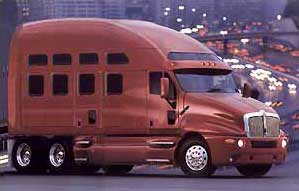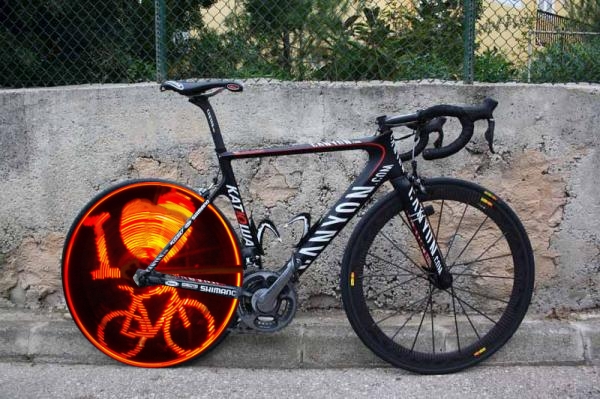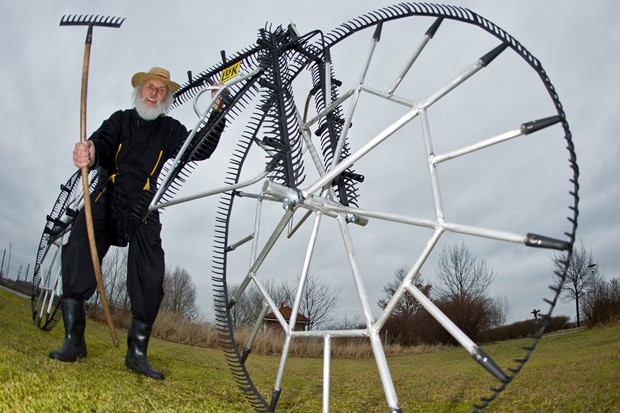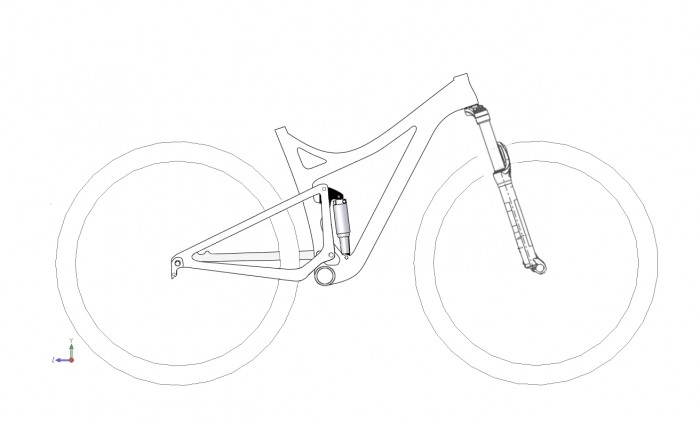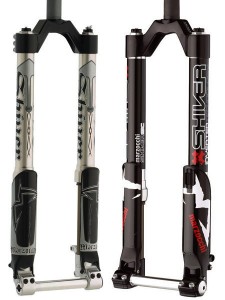A while back I was on a kick about small retailers making and owning their own content. I never read my own posts (too many typos, and I hardly ever agree with myself in retrospect), but I’m pretty sure I’d been talking about independent bike dealers getting their shops on the Internet–however they can–and leveraging the great content they already have. Almost every shop is filled with people who race, and many of them also have interesting hobbies. The percentage of bike shop employees and hangers-on who dabble in music, film or writing tends to be considerably higher than that of the local bank or accounting firm, and, even if your particular crew seems to have little talent–maybe, particularly if you have little talent (have you seen what goes viral these days)–you should be creating content to identify your brand.
And your patron saint in this endeavor should be Red Bull, a company that seems to’ve spent five dollars creating a beverage and millions upon millions in marketing it. Consider this recent FastCompany article about Red Bull’s Media House. Media House is the content production wing of Red Bull, a 100,000-square foot building in Santa Monica, California that lets Red Bull basically bypass traditional marketing channels and go directly to their end users. Media House represents one of the first and most significant changes social media and direct contact has wrought on the world of conventional marketing. Why buy an ad during the Superbowl or blanket billboards when you can spend a reported $2-million creating your own film, The Art of Flight and use it to market your product directly to your users?
Oh, and you can also get them to pay for it.
According to FastCompany, The Art of Flight has topped more than one of iTunes’s sales charts for a week, selling for $10.
That’s right. Red Bull is actually selling us their advertising. And we’re buying it.
This isn’t because we’re stupid (though I guess that’s debatable), but because it’s really pretty amazing. If you’re in the bike industry, you know what I’m talking about: mind-blowing, downright inspirational acts of skill with everything from rally cars to trials bikes, captured on film and expertly pieced together into something amazing.
And they didn’t just happen to accumulate this content. Realizing they were basically selling a new, even nastier kind of soda, Red Bull and other “energy drink” companies started hoarding content immediately. Dietrich Mateschitz, who started Red Bull reportedly saw marketing as equally important to the product. If not more important.
Media House managing director Werner Brell is quoted in the article:
Whenever we did any event, or signed an athlete or executed a project, everything has been put on film or photographed. Stories have been told. It’s part of the DNA of the brand.”
Red Bull is likely to be a $500-million dollar company this year. On the scale at which a company of that size operates, their in-house marketing department poses a unique threat to conventional marketing companies. Mostly because it’s so much better.
I’ve been unfortunate enough to sit through multiple marketing, web-development, and countless other “creatives” meetings, and the standard method for dealing with a brand’s content usually goes something like this:
Marketing Guy: So then you provide us with the deliverables, your content, and we will turn it into something incredible, blah, blah, trust us.
Brand X: But what does that mean exactly? We’re struggling to make the content ourselves?
Marketing Guy: Partially that’s because you lack our Shitwad 4000 CMS system, which is based on hot new Photoshop-like web app technology that most hardcore programmers wet themselves laughing at and will be obsolete by the end of the year.
Brand X:: What?
Marketing Guy: Did I just say that out loud?
Brand X: Yes.
Marketing Guy: Ha, ha. I was just making sure you’re listening. Let me show you the work we did for Pepsi creating that awesome sans-serif custom font again, and then let’s critique that logo you drew yourself one last time.
Brand X: Uh, OK.
Marketing companies aren’t in the content game. They’re in the content container game. You know who’s always ultimately responsible for the content-driven success of a company? The company.
Any small business in existence should be capturing all the content it can and making as much of it available to end users as possible. I think bike shops are uniquely positioned to make this happen. Unlike Red Bull, you don’t even have the added inconvenience of a product nobody actually needs. You sell bicycles. Bicycles kick ass. Own your content.


